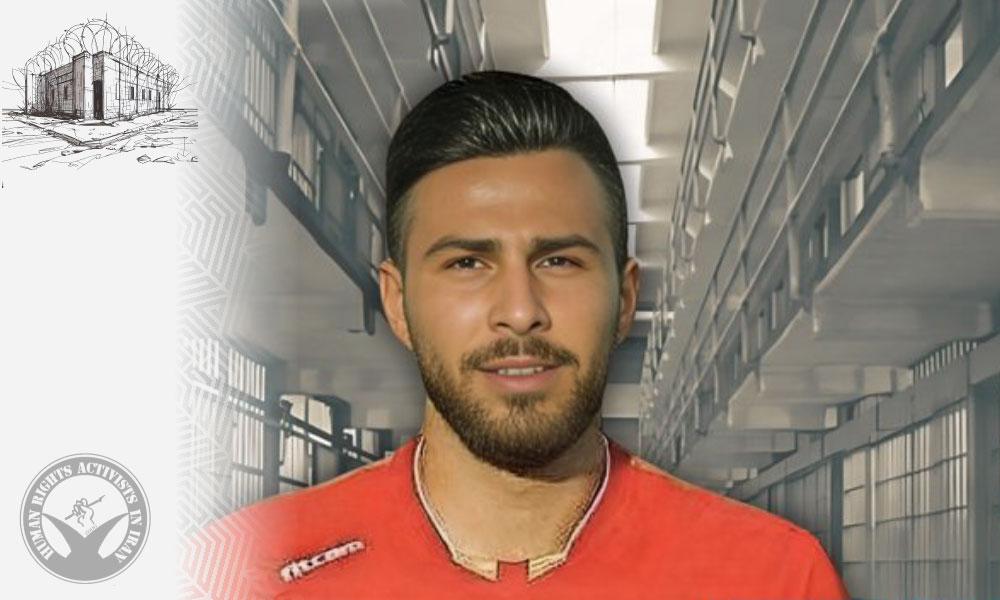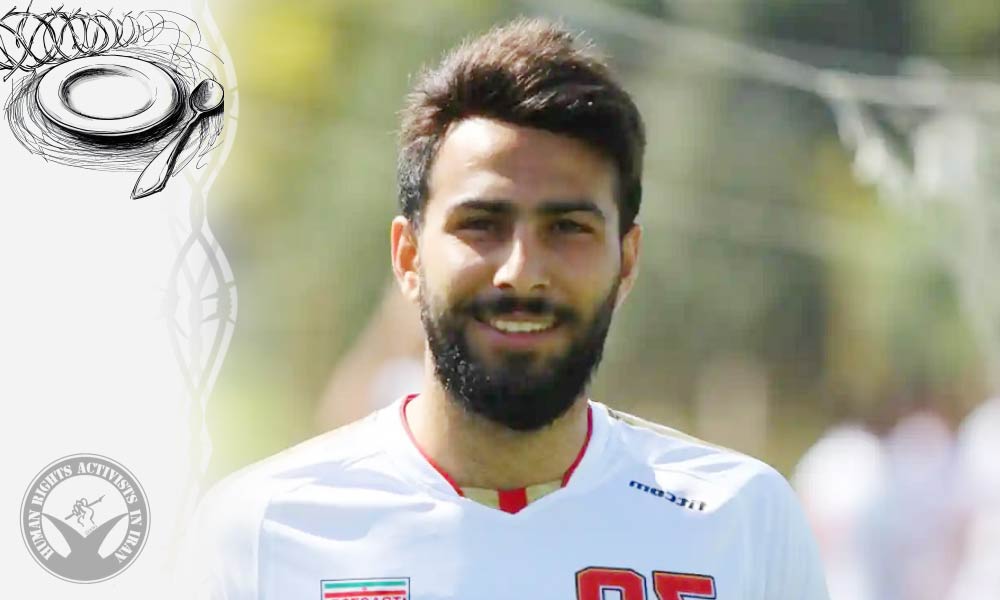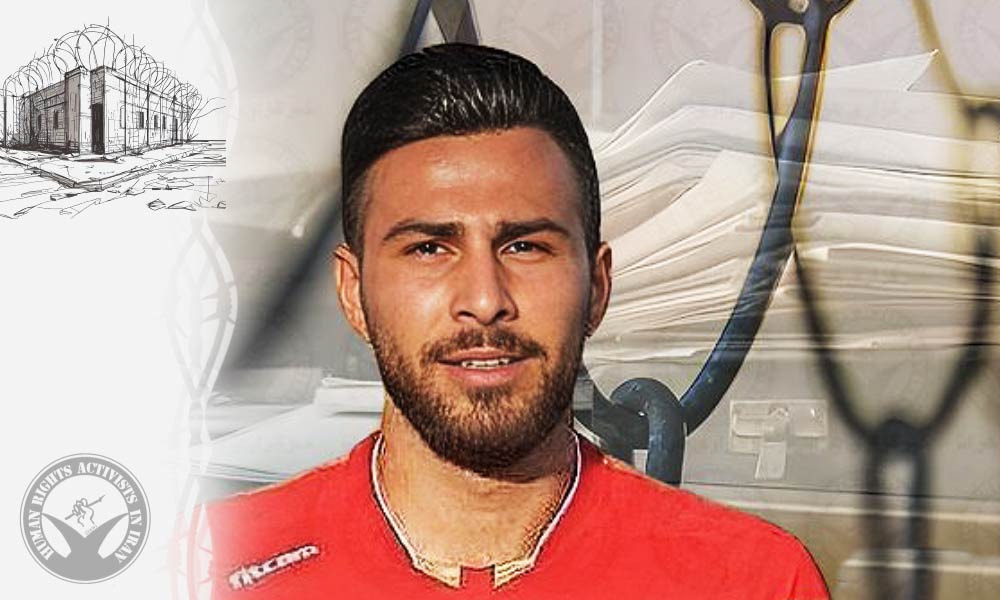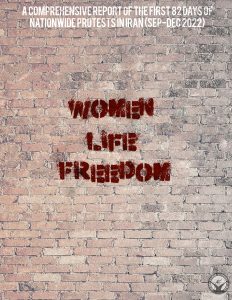Branch 9 of the Iranian Supreme Court has confirmed the death sentences of three protestors who were arrested during the nationwide protests in 2022 in Isfahan. Saleh Mirhashemi, Majid Kazemi, and Saeed Yaghoubi were accused of enmity against God (Moharebeh) in a legal case known as “Khaneh e Isfahan (Isfahan House).”
According to HRANA, the news agency of Human Rights Activists, the Supreme Court of Iran upheld death sentences against three protests arrested during the nationwide protests of 2022.
Amir Kazemi, Majid Kazemi’s cousin, spoke to HRANA and shared details about the case: “Branch 9 of the Supreme Court, presided over by Judge Ghasem Mazinani, dismissed the appeal request and upheld the death sentences. The highest judicial authority in Iran upheld these verdicts without considering the errors and defects in this legal case.”
Kazemi added, “The death penalty for the three first-row defendants was upheld, despite judiciary officials’ promise to their families that they would be granted amnesty on Eid al-Fitr (Holiday of Breaking the Fast). Coerced confessions were the only evidence presented during the trial. There was no evidence proving the claim that warm weapons were discovered from the defendants.”
Earlier, in a phone call to his relative from prison, Majid Kazemi revealed that they were tortured and coerced into confessing.
Initially, Saleh Mirhashemi was sentenced to death for “Moharebeh through using a Colt gun,” “forming and running groups to act against national security,” and “assembly and collusion against national security.” He also received ten years for “membership and collaboration with Monafeghin.”
Majid Kazemi and Saeed Yaghoubi were sentenced to death for “Moharebeh through using warm weapons” and ten years in prison for “forming and running groups to act against national security” and “assembly and collusion against national security.”
The fourth-row defendant, Amir Nasr Azadani, was sentenced to 16 years for “assisting in enmity against God,” five years for “membership in illegal groups to act against national security,” and five years for “assembly and collusion against national security.”
The fifth-row defendant, Soheid Jahangiri, was sentenced to two years for “assembly and collusion against national security.” The sixth-row defendant, Jaber Mirhashemi, was acquitted of all charges.










